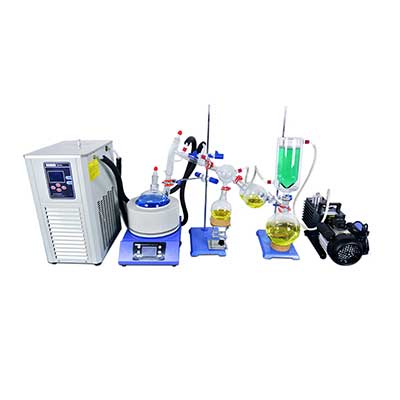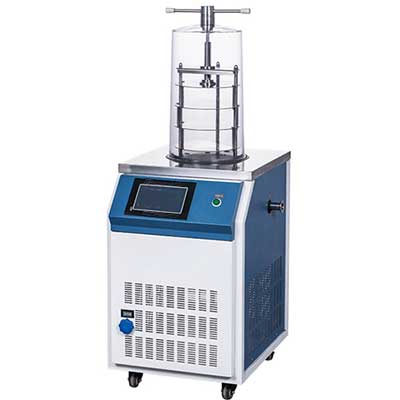-
WhatsApp
-
Email
As a kind of distillation and extraction equipment, glass reactor is widely used. It is also one of our main products. It is divided into single layer glass reactor and double layer glass reactor.Among them, the double layer glass reactor is the type of reactor most purchased by customers. In addition to the large reactor type, we also have small laboratory glass reactor, such as 2L Jacketed glass reactor, 5L Jacketed glass reactor.

The production method and development trend of the materials in the glass reactor
In chemical production, the production materials of the glass reactor need to meet the requirements of mass production, so the glass reactor needs a large volume in the production process.Large volume not only increases production output, but also reduces production errors in mass production and reduces product production costs. This is an important way and means to reduce costs.For dye production, it generally needs less than 6000L.
For the agitator of the glass reactor, it has been developed from a single-mode agitator to a double-mixed agitator, and at the same time, it can be circulated through an external reinforced pump.For the development of glass reactors, in addition to equipped with a stirrer, there is a bottom rotator to make the bottom of the tank rotate, thereby increasing the rate of reaction.In the reaction, the automation of production is usually strengthened through the automatic form of production, which ensures the error of manual production of the product, and at the same time can improve the production quality of the product, increase the profit of the product, and improve the performance of the product.In the glass reactor, more heat energy will be generated, and if it is not used rationally, it will increase production input.Therefore, it is necessary to select more reasonable process operating conditions and means. At the same time, it is necessary to strengthen heat preservation measures to prevent heat loss and minimize heat loss.The waste heat generated in the production process can also be used reasonably. Therefore, the recovery and utilization of the heat energy of the pipeline is also an important trend.

For the agitator of the glass reactor, it has been developed from a single-mode agitator to a double-mixed agitator, and at the same time, it can be circulated through an external reinforced pump.For the development of glass reactors, in addition to equipped with a stirrer, there is a bottom rotator to make the bottom of the tank rotate, thereby increasing the rate of reaction.In the reaction, the automation of production is usually strengthened through the automatic form of production, which ensures the error of manual production of the product, and at the same time can improve the production quality of the product, increase the profit of the product, and improve the performance of the product.In the glass reactor, more heat energy will be generated, and if it is not used rationally, it will increase production input.Therefore, it is necessary to select more reasonable process operating conditions and means. At the same time, it is necessary to strengthen heat preservation measures to prevent heat loss and minimize heat loss.The waste heat generated in the production process can also be used reasonably. Therefore, the recovery and utilization of the heat energy of the pipeline is also an important trend.

500ml 1L 30L Glass reactor
The glass reactor is a very important reaction kettle. First, the steel plate is pressed into the baffle plate required by the load from the mold, and then the baffle plate is made according to the relevant size and design process according to the volume of the reaction kettle. It is formed into one layer or multiple layers, and then welded on the inner wall of the kettle body, and enamel-fired at the welded seam to assemble the product.The glass reactor made in this way can effectively improve the flow state of the reaction materials and improve the efficiency of the reaction to a certain extent.The steel plate of the glass reactor is made of high-quality steel plate, welding rod, enamel, steel plate welding rod contains low carbon, sulfur, and phosphorus impurities, the internal lattice structure of the steel plate is tight and there are trace elements to suppress hydrogen absorption during the manufacturing process. In terms of technology, it is generally used The "low-temperature long-burning" process means, such a manufacturing process can have better corrosion resistance and friction, and will not affect its performance during the collision.
Control technology in the laboratory glassware reactor
In the glass reactor, the control of the reactor is a very important link, usually through intelligent control technology and microelectronics technology can effectively realize the temperature control of the glass reactor.In the chemical production process, problems such as production lag and inertia often occur, and temperature control can be effectively achieved by constructing a powerful temperature control system.The temperature control system is mainly carried out based on the mathematical model of the system and the temperature control requirements in the simulation of the actual production process, mainly including the efficient use of fuzzy control and intelligent control technology.


















